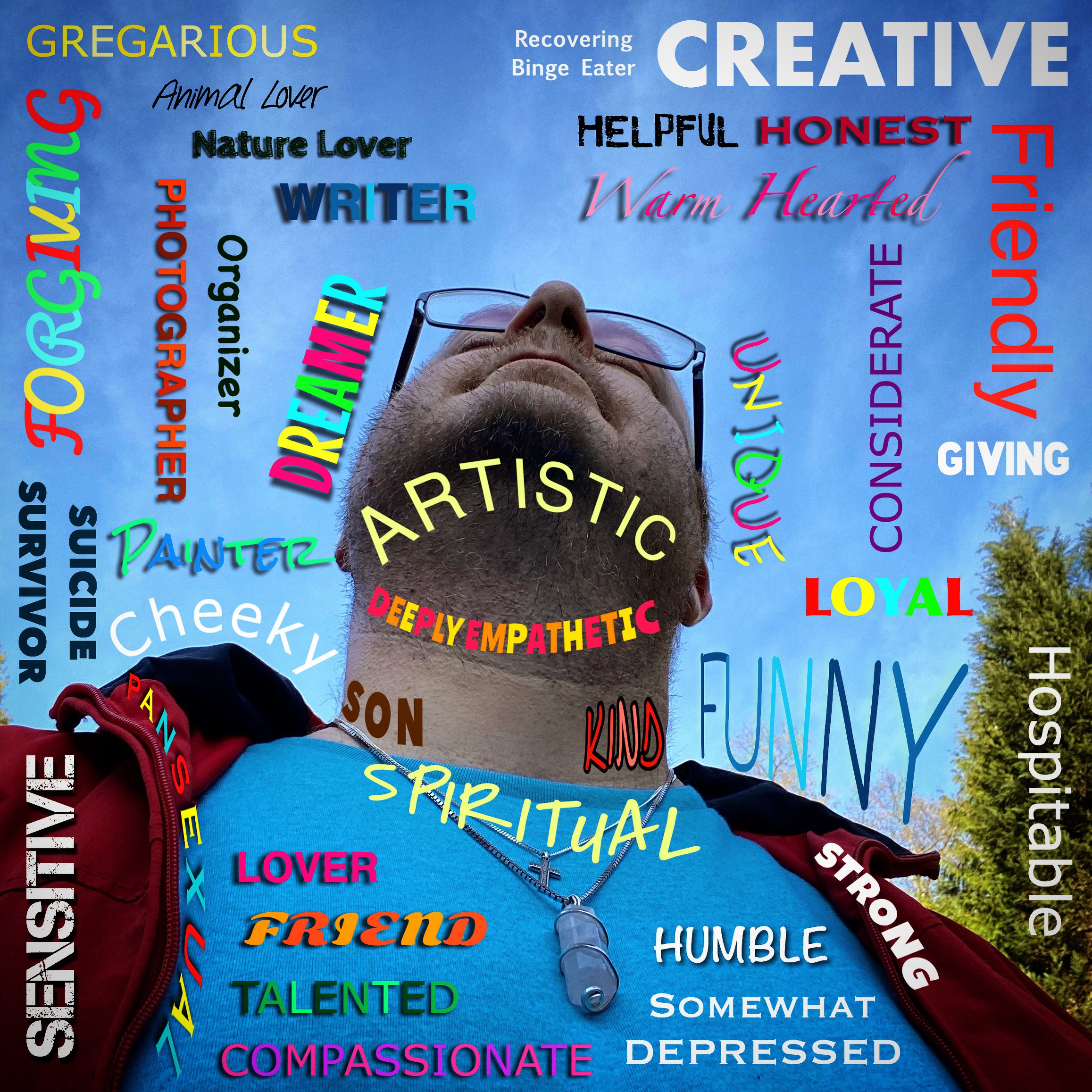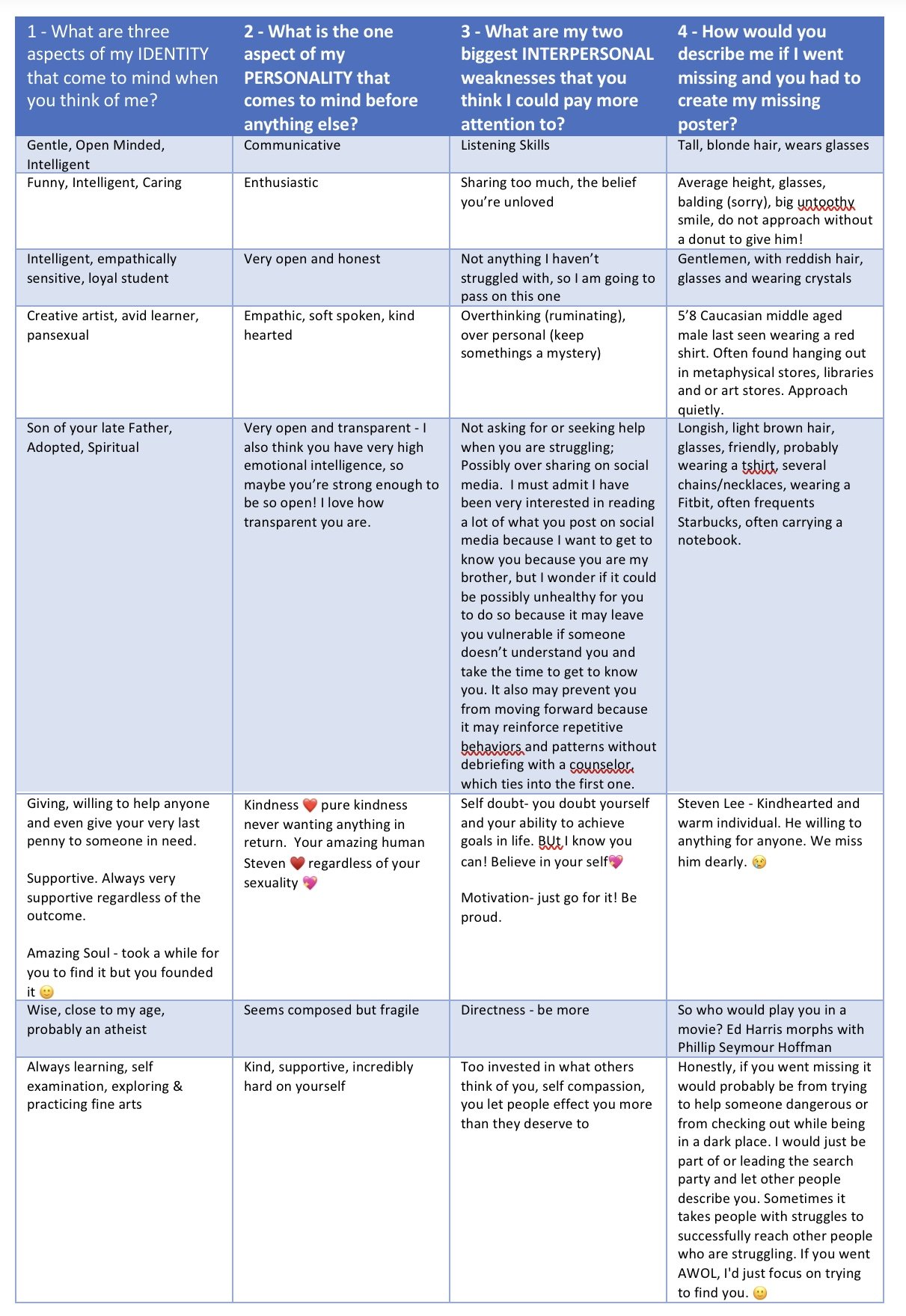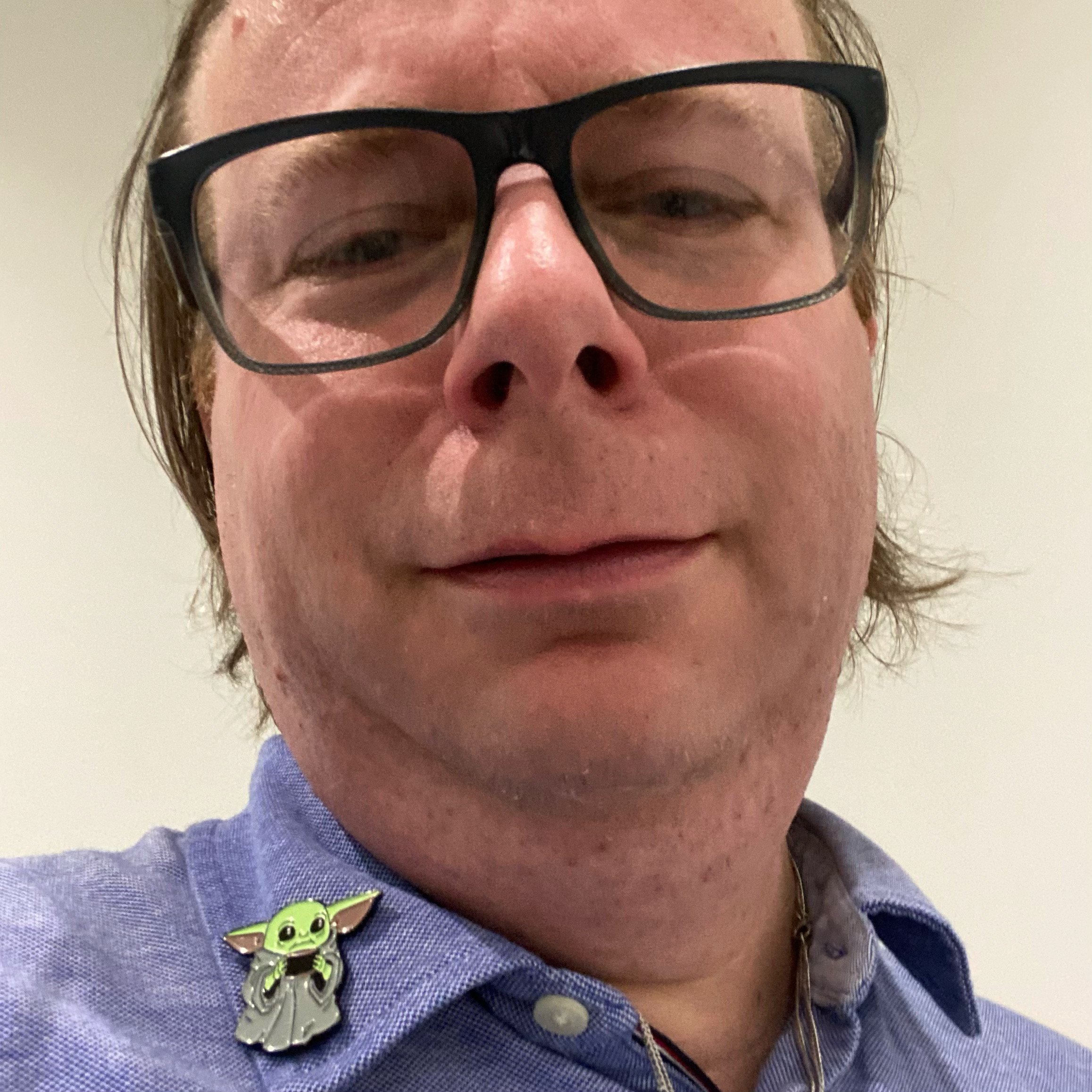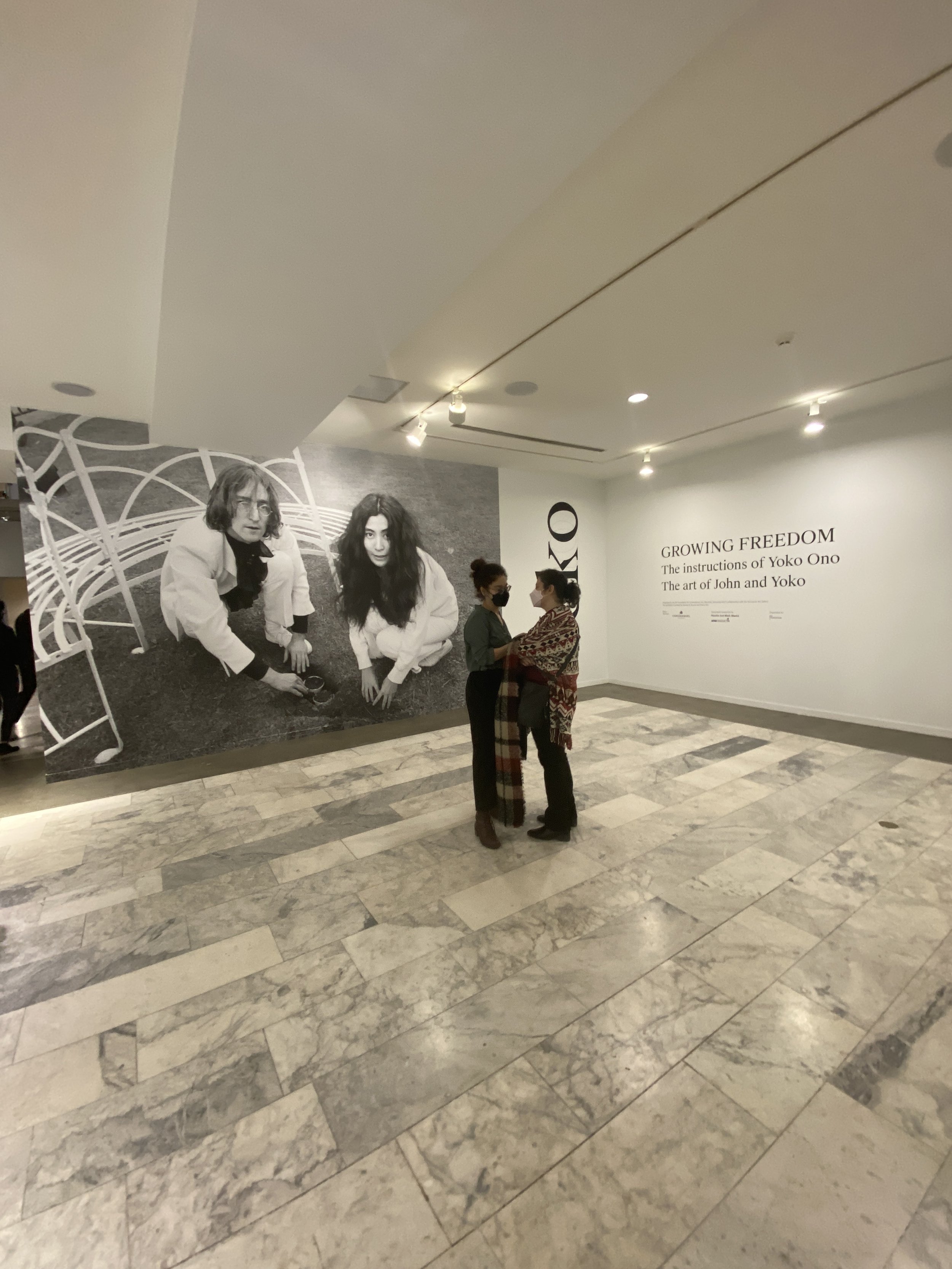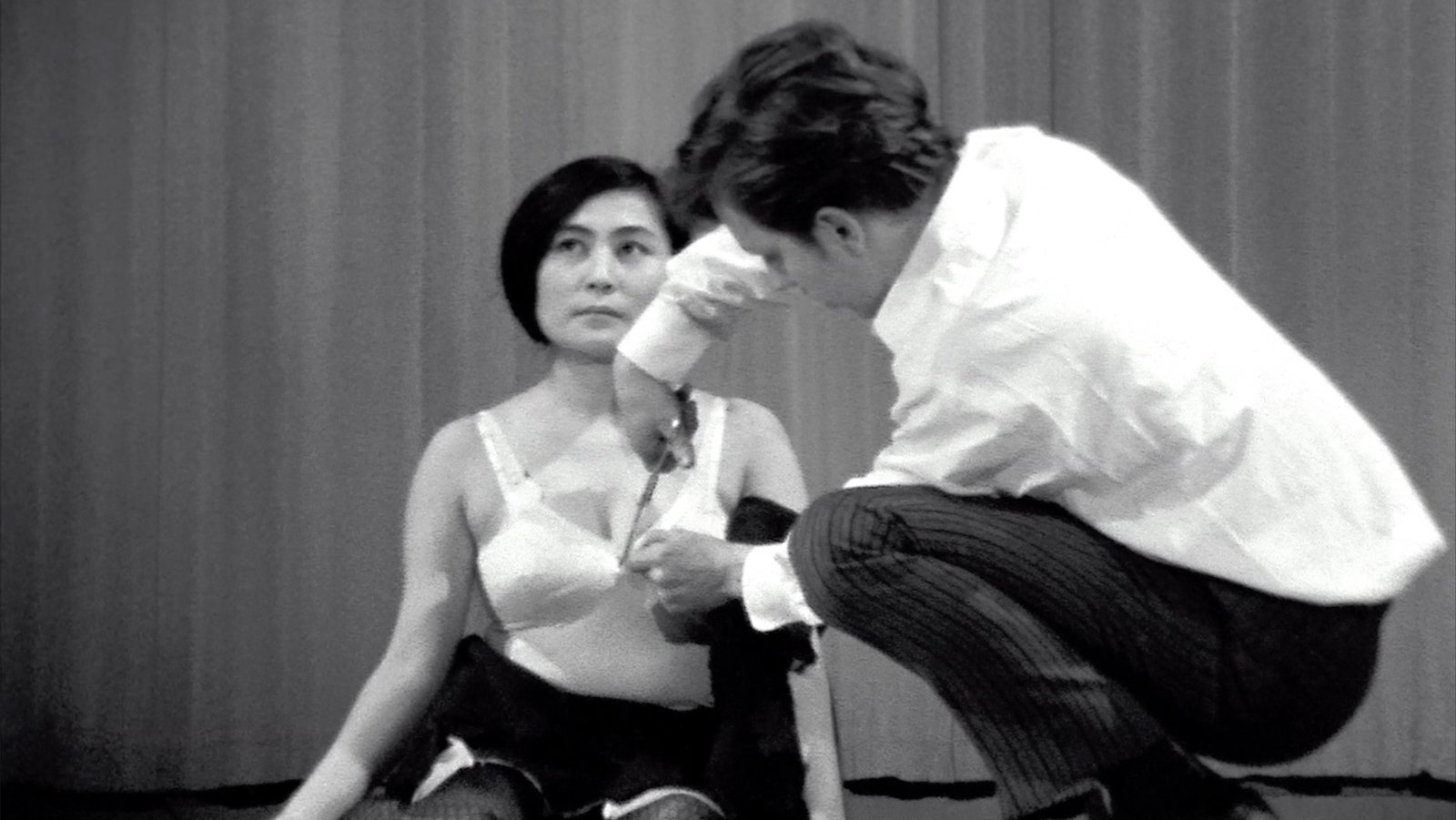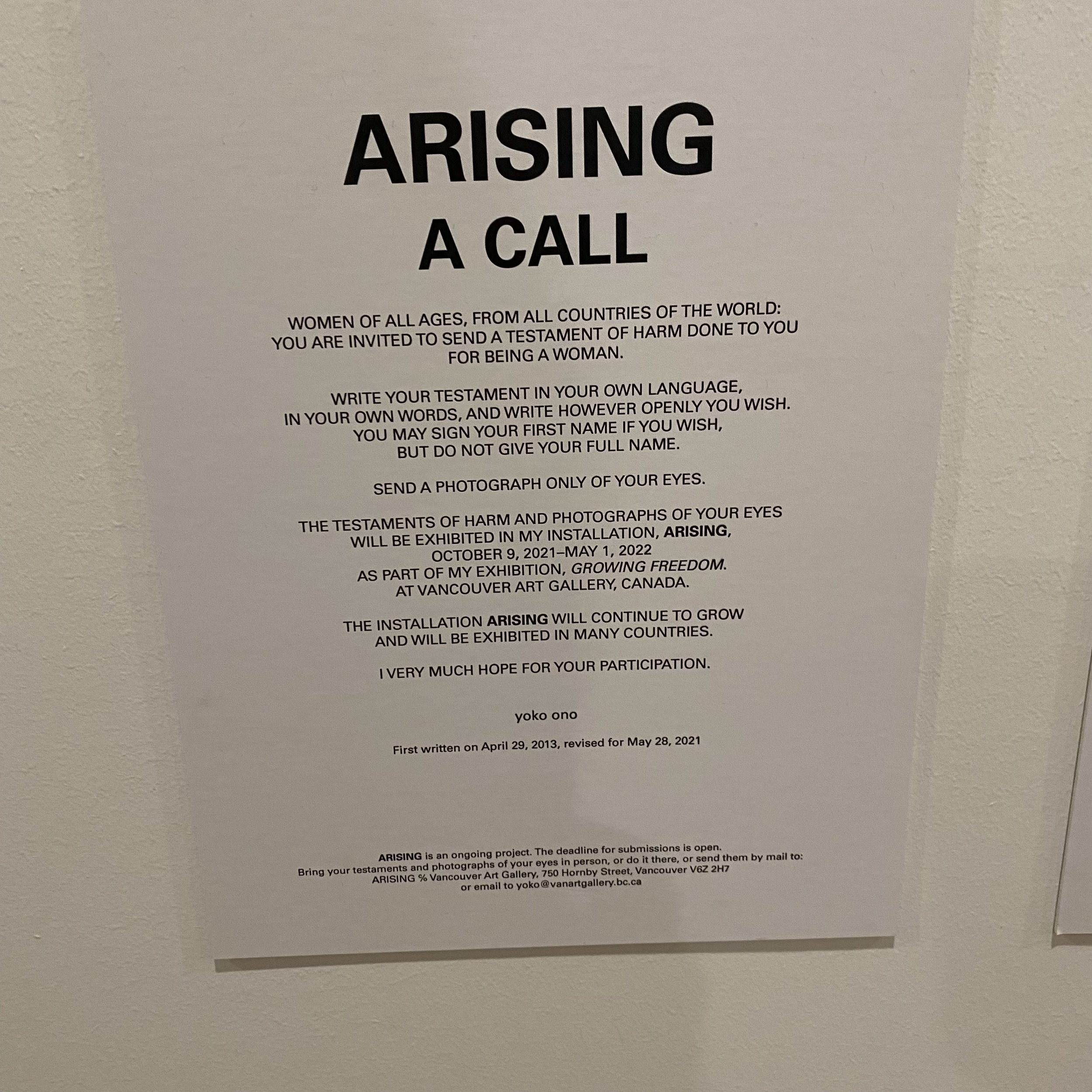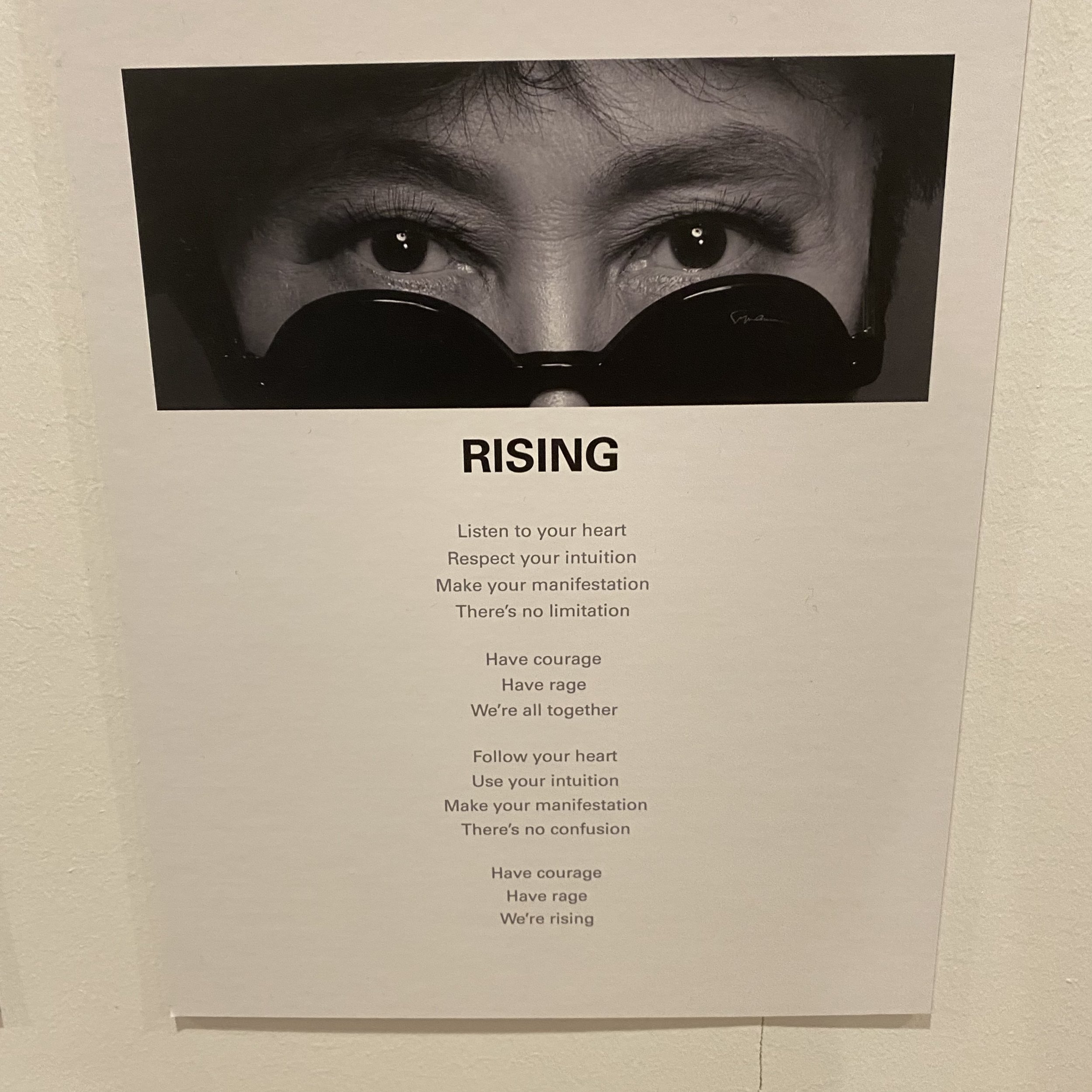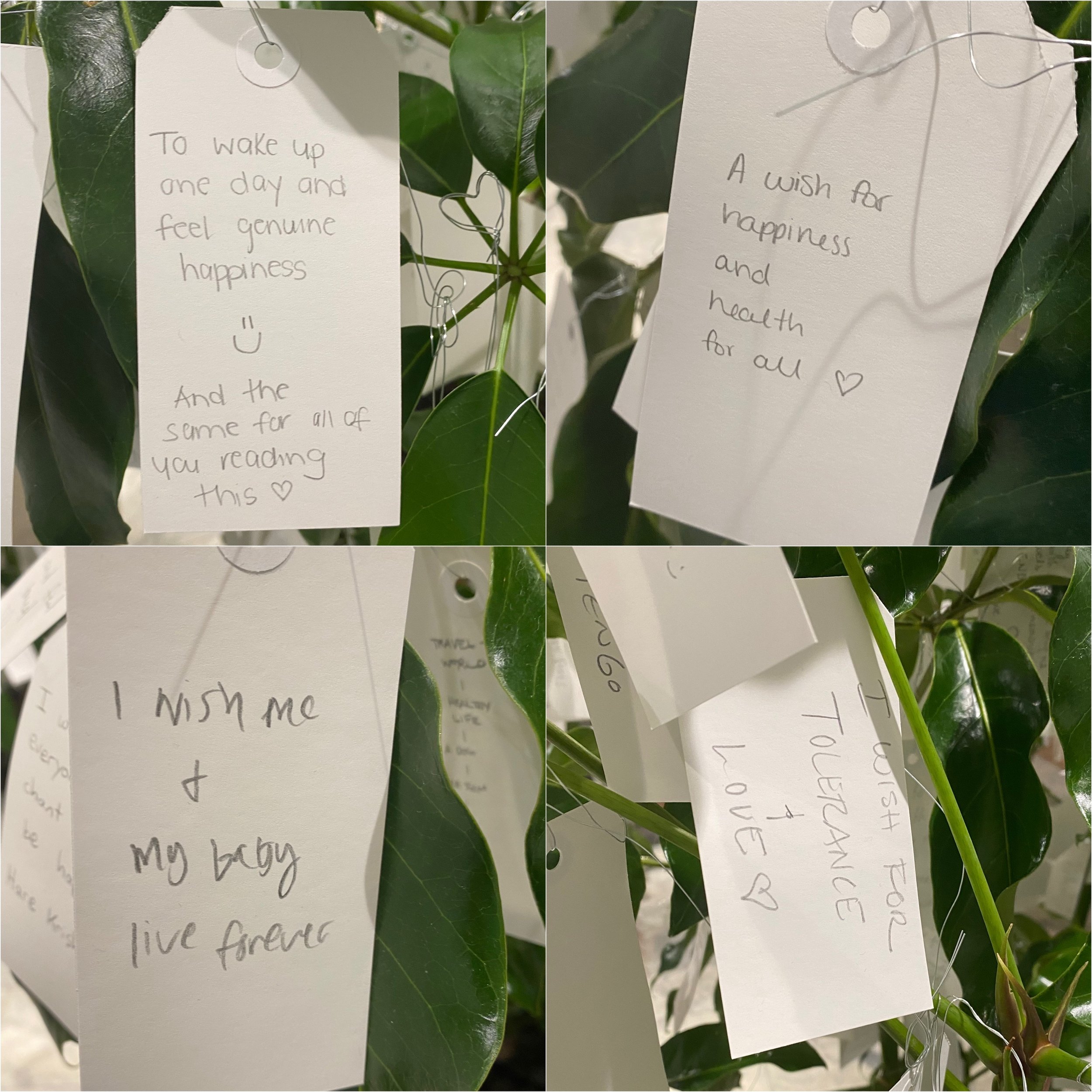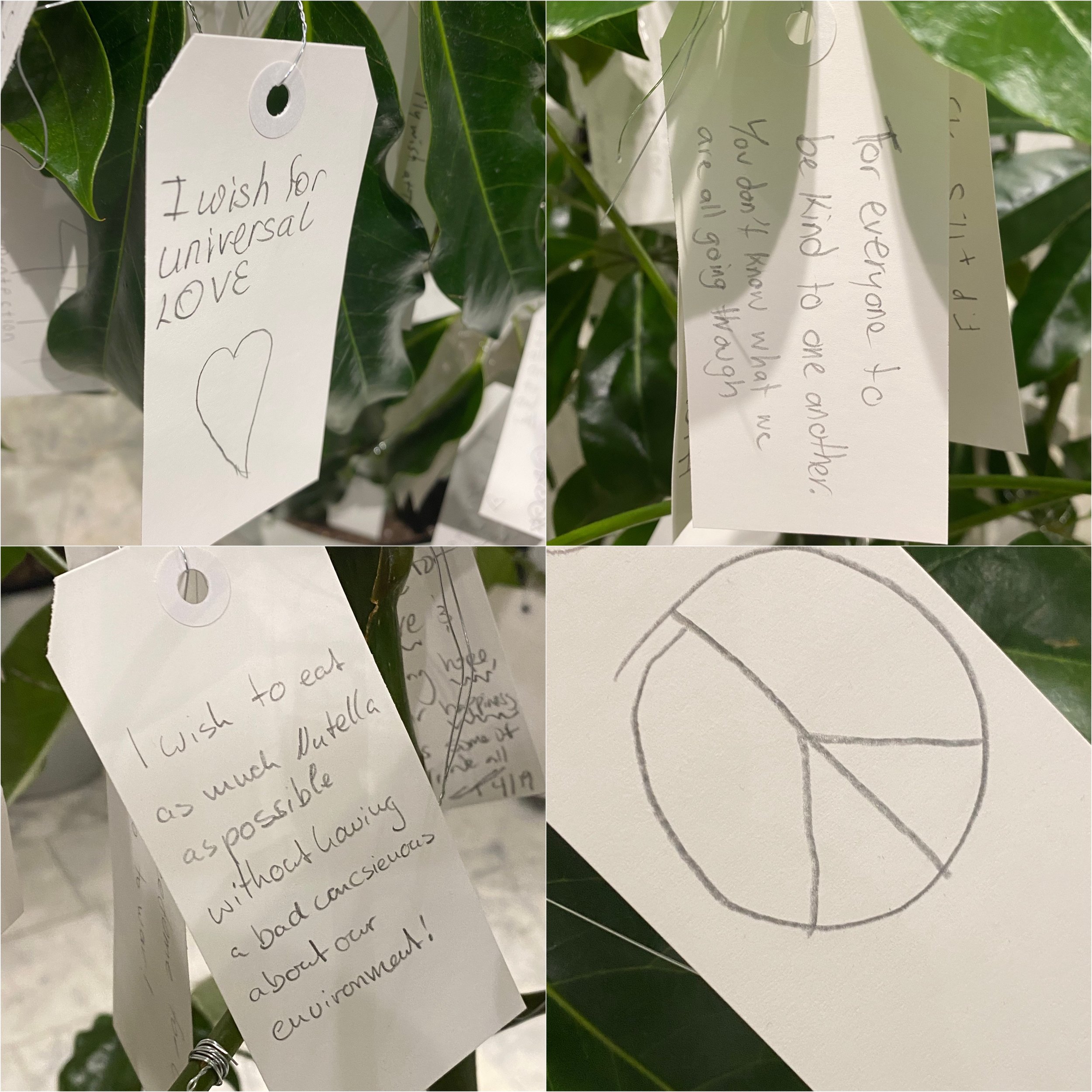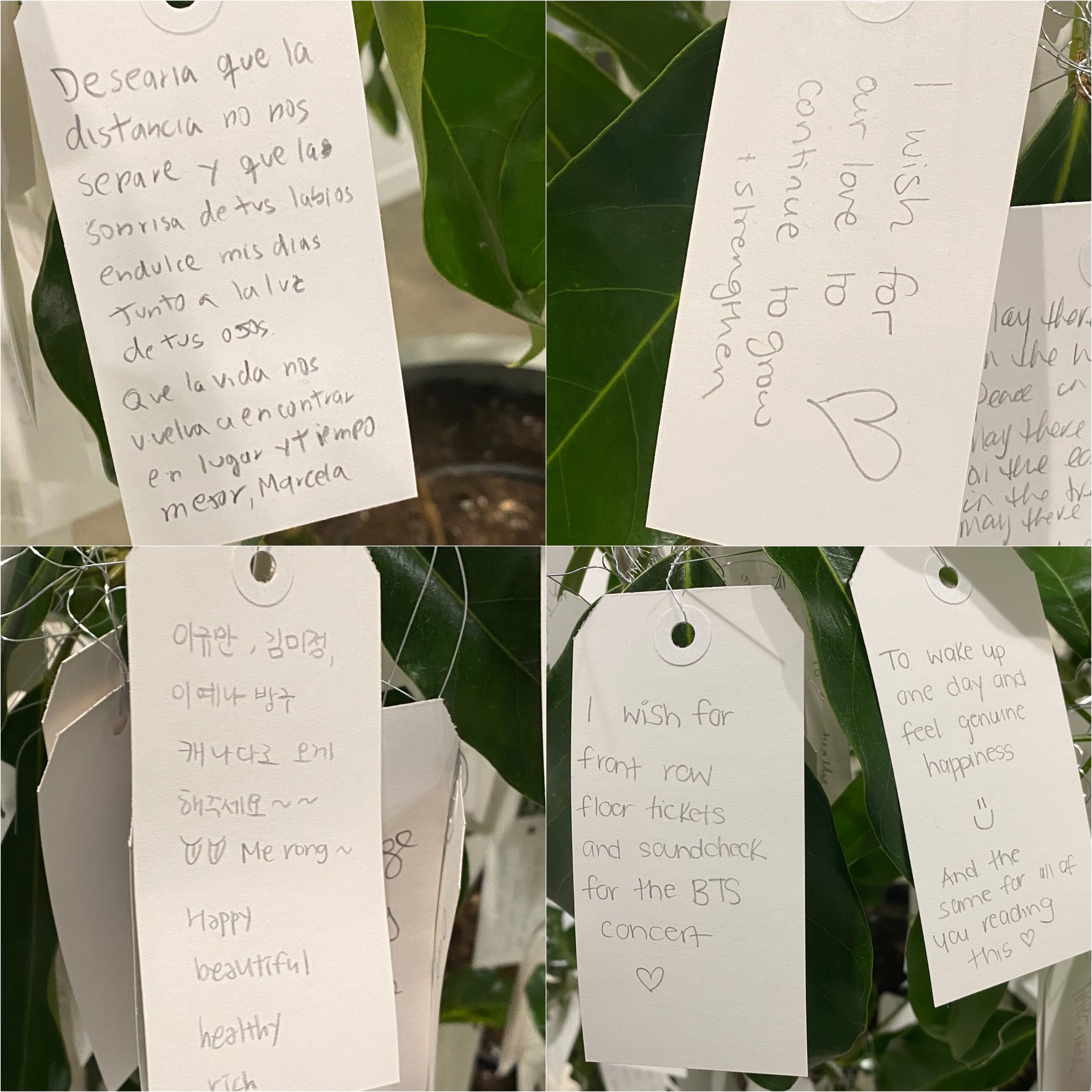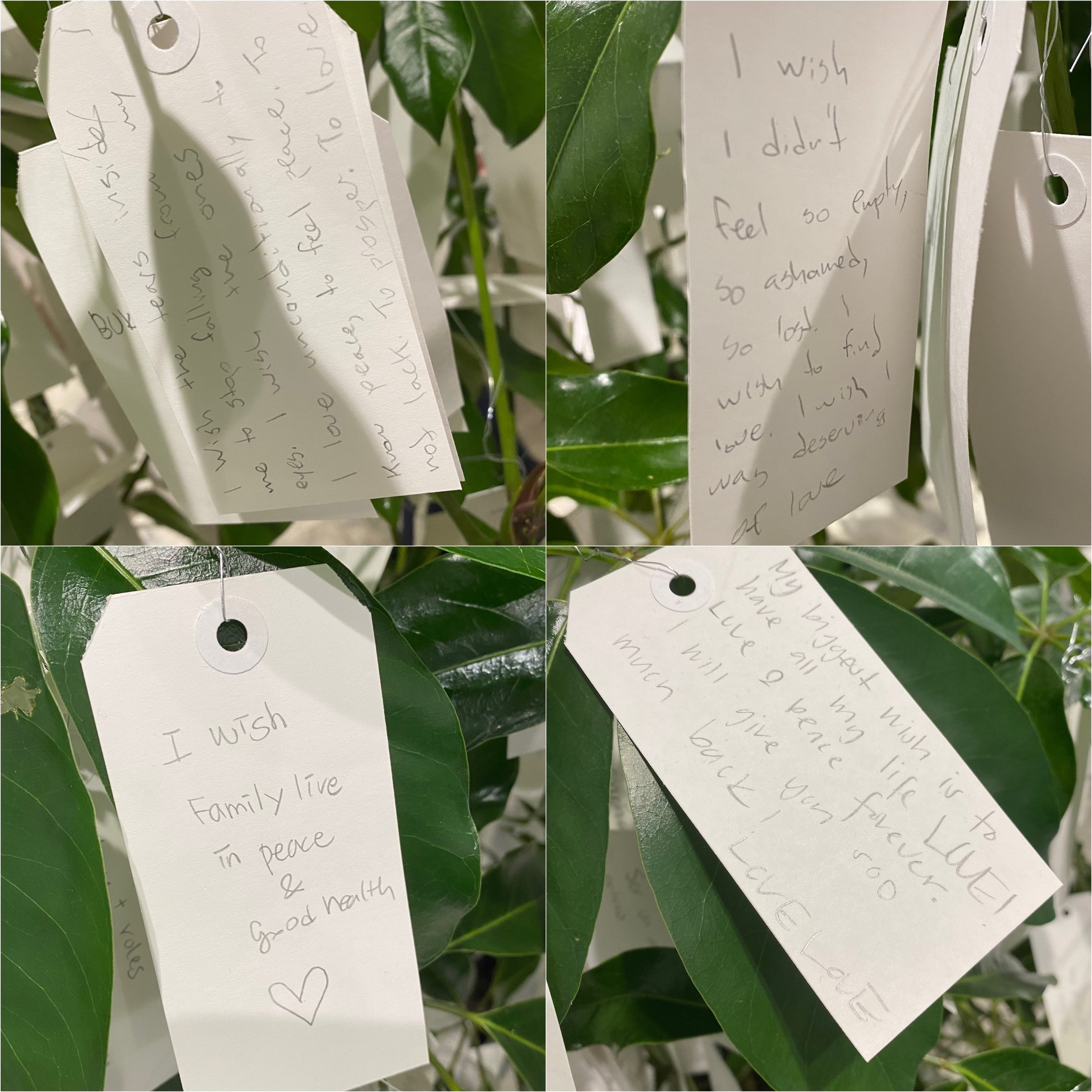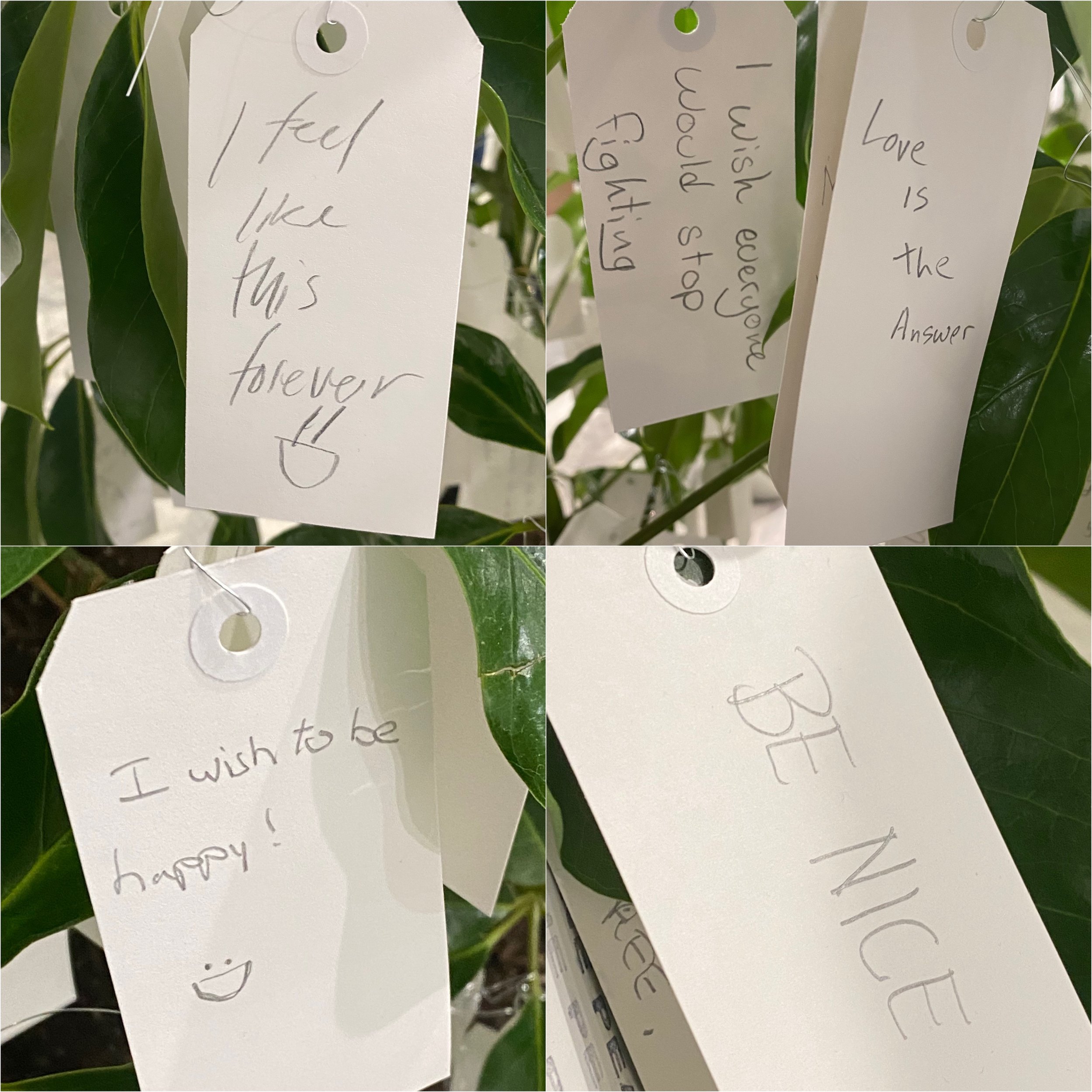I’m having so much trouble getting into this.
Let’s see.
When I see such a profoundly influential and respected man… a prolific wordsmith who spoke with such an authentic voice… a voice grounded in a deeply harrowing upbringing… a voice exploring his own unique experiences on the page… cutting across genres… cutting across mediums… shining a light on gut wrenchingly and horrific events that are so much more than just another issue… a man such as Richard Wagamese… whose best work was just starting to find an international audience… When I see such a man pass away, at what one today might consider to be a youthful age of just 61 years old, my heart breaks. I feel such a profound sadness for the loss of an individual like Wagamese, and as egotistical and grotesquely self-pitying as it might sound, I do catch myself wondering sometimes why the universe would take someone like him instead of somebody like me. Unaccomplished… stuck in school… stuck in life… socially awkward… alone. Stuck in a rut. A jack of all trades… but master of none. In short… a loser. Someone grasping at straws in the hope that someday he might be even just a sliver of the shadow of a man as great as Richard Wagamese was.
This is how I feel too often, deep in my bones.
And it’s not out of any kind of self-pitying, because as anecdotal as it sounds, I’ve found that when one feels an unnatural amount of self hatred… one that borders on the verge of a deep self loathing… one born from a lifelong battle with anxiety, major depressive disorder, and possibly even borderline personality disorder, one realizes that thoughts like this have nothing to do with any kind of desire to be pitied. I recently stumbled upon a brief clip from October 16, 2021, on the I WEIGH Instagram feed, where comedian Conan O’Brian described depression as being “…anger turned inward… anger at yourself… and when it’s at its worst, it’s rage directed at yourself” (I WEIGH), and I found that to be so accurate in terms of what I’ve felt for most of my life, which has always felt very far removed from the concept of looking to be pitied.
But then, the Monkey Mind piles on even more, as in many respects – “Steve, you’ve had a really good life. You’ve been provided for. You come from a really stable home… You weren’t ripped away from your home and your loved ones… your protectors… your family… your community… at a really young age like Wagamese was… forced into a dehumanizing Canadian foster home system, only to be adopted by a Presbyterian family who forbade any connection to his First Nations roots. “Grow up man. Grow a pair. Get over yourself.” These are the kind of thoughts that so often plague me.
And it’s not out of any kind of self-pitying, because as anecdotal as it sounds, I’ve found that when one feels an unnatural amount of self hatred… one that borders on the verge of a deep self loathing… one born from a lifelong battle with anxiety, major depressive disorder, and possibly even borderline personality disorder, one realizes that thoughts like this have nothing to do with any kind of desire to be pitied. I recently stumbled upon a brief clip from October 16, 2021, on the I WEIGH Instagram feed, where comedian Conan O’Brian described depression as being “…anger turned inward… anger at yourself… and when it’s at its worst, it’s rage directed at yourself” (I WEIGH), and I found that to be so accurate in terms of what I’ve felt for most of my life, which has always felt very far removed from the concept of looking to be pitied.
But then, the Monkey Mind piles on even more, as in many respects –
“Steve, you’ve had a really good life. You’ve been provided for. You come from a really stable home… You weren’t ripped away from your home and your loved ones… your protectors… your family… your community… at a really young age like Wagamese was… forced into a dehumanizing Canadian foster home system, only to be adopted by a Presbyterian family who forbade any connection to his First Nations roots. Grow up man. Grow a pair. Get over yourself.”
These are the kind of thoughts that so often plague me.
What is the Monkey Mind? Well, Natalie Goldberg, in her book Thunder and Lightning describes it as a kind of voice that exists in the ocean of everyone’s mind, when she explains how:
I never gained control of my mind—how do you dominate an ocean?—but I began to form a real relationship with it. Through writing and meditation I identified monkey mind, that constant critic, commentator, editor, general slug and pain-in-the-ass, the voice that says, “I can’t do this, I’m bored, I hate myself, I’m no good, I can’t sit still, who do I think I am?” I saw that most of my life had been spent following that voice as though it were God, telling me the real meaning of life—“Natalie, you can’t write shit”—when, in fact, it was a mechanical contraption that all human minds contain. Yes, even people with terrific, supportive parents are inhabited by this blabbing, resistant mouthpiece. But as I wrote longer, went deeper, I realized its true purpose: monkey mind is the guardian at the gate. We have to prove our mettle, our determination, stand up to its nagging, shrewish cry, before it surrenders the hidden jewels. And what are those jewels? Our own human core and heart, of course (Goldberg 20).
But having explained this, I do know that there are times when my negative self talk becomes especially cruel. And what confounds me though, is why I feel this intense self hatred so often… this self loathing… wrapped in self doubt… second guessing… confusion… poor decision making… and so much helplessness. And what confounds me even more is how my thoughts contrast so sharply with how so many others see me. Like my friend Alanna Millar, who said this about me earlier today when I was texting with her about a short identity and personality survey, which I asked my friends and acquaintances to complete. Specifically, she said, “I don’t know why the words kind, giving, selfless, involved, good listener, caring as fuck, and THOUGHTFUL (huge one) didn’t come up more” (Millar) when it came to describing who I was as a human being. And even as I screenshot her kind words for prosperity, I found myself staring at the screen, fighting that voice in the back of my mind that was just wanting to natter away at myself, finding every reason imaginable to discount the beautifully authentic words that she had just typed. She wasn’t hitting on me, as she’s in a committed relationship. She’s one of my best friends… and I knew she was speaking from the heart. But why can’t I accept her words as being accurate? Why do I struggle with the concept of self-love? Why does my Monkey Mind find it easier to harshly criticize myself to the point of paralysis instead of being kinder to myself, especially in those moments when I am struggling and feeling down? How can I work to reframe my negative self talk? Other friends in the same identity and personality survey, like my friend Kristina Alia Kearly, noted how I am “…incredibly hard on yourself” (Kearly), as did my friend Rhea Paez, who mentioned how I often demonstrate “…self doubt” and “self sabotage” (Paez). Finally, my beautiful half sister Rhea Clements described how my tendency towards negative self talk “…may reinforce repetitive (unhealthy) behaviours and patterns” (Clements). So, we end with the question of who I am? The unlovable man my mind sees me as, or the caring man others see me as. That’s what I want to explore here.
Gary Zukav, in his book The Seat of the Soul, spends a lot of time exploring the concept of cultivating reverence for all life. Personally, I’ve used this as a starting point for my own worldview. Specifically, I often say how I am working to cultivate a pure, unconditional compassion, curiosity, forgiveness, gratitude, love, and reverence for all life, starting with myself. For Zukav:
Reverence is contact with the essence of each living thing and person and plant and bird and animal. It is contact with the interior of its beingness. Even if you cannot sense the interior, it is enough to know that the form, the shell, is merely an outer layer, and that underneath it the true power and essence of who a person is, or what a thing is, is present. That is what is honored in reverence (34).
Zukav also notes how:\
Reverence is an attitude of honoring Life. You do not have to be authentically empowered to be gentle with Life or to love Life … Reverence is also simply the experience of accepting that all Life is, in and of itself, of value (35).
I’ve loved this idea, it’s something I’ve been able to actualize in my life to a certain level of success, and it most definitely shows with how others described who I am. Friend and mentor, Joey Wargachuck described me as being “…empathically sensitive” (Wargachuck). Friend, Janny Sarmiento explained how I’m “…willing to help anyone and even give your last penny to help someone in need” (Sarmiento). She also said how she found me to embody “…kindness, pure kindness, never wanting anything in return.” Rhea Paez described me as being “…kind, generous” (Paez).
On May 6, 2022 I found the Values Centre website, which has a Personal Values Assessment, using the Barrett Seven Levels of Consciousness Model. The model notes how:\
Our values reflect what is important to us. They are a shorthand way of describing our individual motivations. Together with our beliefs, they are the causal factors that drive our decision making. (Barrett 2)
The model also describes how “Values can be positive or fear based (limiting)” (2). The assessment was simple enough… to chose which ten words best described you in that present moment. Specifically, I selected: “Caring, Compassion, Continuous Learning, Creativity, Emotional Awareness, Forgiveness, Making a Difference, Openness, Personal Growth, and Personal Image” (4). The website then examined my selections and created a report that discussed them. Specifically, it said:
From the values you selected it is clear that you seek to uncover more of your authentic self by looking to develop and grow. You are starting to overcome your anxieties and fears. Your values show:
· Showing a deep sense of empathy, consideration and understanding for others allows you to move beyond hurt and pardon wrong doings;
· A gift for thinking imaginatively and using your skills to produce new ideas help you to make positive change in the lives of others;
· You seek to expand your knowledge and insights and are willing to reflect on your inner development;
· Conserving the resources of the planet is a high priority for you and you are conscious of your impact on the world; and
· You are receptive to others' contributions and demonstrate transparency through your actions and words.
The type of values you selected indicates that your individual capabilities and the connections you build with others are both important to you. From your choice of values you also demonstrate care for the greater good (environmental awareness, making a difference).
But the assessment also noted how my choice of self image as being important was a bit of a red flag. Specifically, it noted how:
You have selected one value which might be classed as potentially limiting or fear based:
· Personal image: How you come across to others is important to you. Focusing on image alone can indicate that you question your capabilities and/or your ability to earn respect.
To what extent do you think that this affects the decisions you make and how others see you?
And to be honest, I felt this would be a red flag, as I know self image is related to the concept of the ego. For Zukav, the ego is the personality, which:
…is that part of you that was born into, lives within, and will die within time To be a human and to have a personality are the same thing. Your personality, like your body, is the vehicle of your evolution… Only the personality can feel anger, fear, hatred, vengeance, sorrow, shame, regret, indifference, frustration, cynicism, and loneliness. Only the personality can judge, manipulate, and exploit. Only the personality can pursue external power. The personality can also be loving, compassionate, and wise in its relations with others, but love, compassion, and wisdom do not come from the personality. They are experiences of the soul.
There is that confounding paradox again, only now it has a bit more definition for me. My self loathing, and self hatred are tied to the ego, and my personality, whereas the loving aspects of myself that others see represents my soul reaching out into the world. I do admit that I spend a lot of time worrying about what others think about me, to the point where this worrying too can pile onto my depression and smother my energy. But as I explore this, I’m discovering how it’s also a choice, especially considering the description of the personality as put forward by Zukav. But having said that, I also feel that part of my reason for selecting self image is ultimately tied of several of the symptoms related to borderline personality disorder, which include: a distorted self image, feelings of isolation and emptiness, as well as an intense fear of abandonment.
In his 2016 book, Embers: One Ojibway’s Meditations, Richard Wagamese presents the idea of self-acceptance. He talks about finding the balance between the darkness and light that one can feel inside, and the way he describes this paradox highlights a fundamental truth I know I need to work towards actualizing in my own life. Specifically, Wagamese notes how:
WHEN THERE’S a crack in my mirror, I can’t see myself as I am – all I see is the crack. The crack tells me that there is something wrong with me, that I’m not enough and that this is how others see me, too. It’s not a question of finding a better mirror. It’s about seeing beyond the crack. I am not, nor ever will be, perfect. But I don’t need to live for approval. I need to live for acceptance and joy in the unique, worthy, lovable, beautiful, sacred being that I am and to celebrate the same thing in others. That’s seeing beyond the crack. I’m learning to love my imperfections; in the end, they make me who I am, in all my flawed glory (Wagamese 118).
In thinking about this quote, my mind wanders to the word phrase, radical self acceptance, and Google shows me how this concept was developed by psychologist Marsha Linehan, where, according to Namrata Singh, in her article The Pleasant Mind, described radical acceptance as being
…based on the thought process that reality should be accepted rather than fought against. It should be taken precisely for how it is rather than how you would like it to be (Singh).
Singh continues, highlighting how:
…many of us often lose control over our thoughts and feelings, especially when life turns hard on us. However, one must remember that things won’t stay the same way forever. You can change your circumstances and your reality.
One way of leaning into this kind of change that both Singh and Zukav highlight, is by utilizing the adaptive cycle, as described by Kate Sutherland in her book We Can Do This!, where Sutherland describes this process as calling on:
…us to have courageous conversations. By offering a simple, powerful, and big picture way to name what is, it helps… open space for facing tough issues and making bold choices… (as the) framework shows the cost of denial and avoidance, and encourages us to embrace change, to value small-scale experimentation, and to be ready to seize opportunities (Sutherland 72).
But the problem for me has been, that these choices aren’t always very easy for me to make, and my ability to stick with the implementation of solutions, such as reframing the dialogue that goes on in my mind, has been slow and difficult. What scares me further was the following quote, from a July 2017 video posted on the Bite Sized Philosophy YouTube feed called Jordan Peterson – Borderline Personality Disorder (BPD), where Dr. Peterson describes how:
One of the things that’s interesting about people with Borderline Personality Disorder in my experience, is that they’re often quite intelligent and you see in the person with BPD something like the waste or squandering of tremendous potential. They seem capable of thinking through the nature of their problems, and analyzing them and discussing them, but not capable whatsoever of implementing any solutions… And… the Borderline seems to be able to strategize, and to abstract, but not to be able to implement (BiteSize Philosophy).
And while this quote terrifies me, I know I can sit with it, and I know that I can make change, even if it’s just one very small step each day. But having said that, there’s a point after this where Dr. Peterson also describes the temper tantrums that person with BPD can throw. When I reach those places of what O’Brian referenced above as being a rage turned inward, I can have horrible meltdowns, where I engage in heated arguments with those closest to me, and in my case, that’s often with my Mom. I can end up saying the most horrible things, and it’s worse because my Mom isn’t one to back down from an argument and we also know how to push each other’s buttons when it comes to saying emotionally damaging shit. And… there have been times when I can engage in hitting myself, as hard as I can, with the palms of my hands… and with my fists. Sometimes, I’ll put a pillow over my face as that lets me hit myself harder, because I’ve noticed I can suffer a block where a part of my mind is trying not to hit myself, and it lowers the intensity or strength behind each slap or blow. More recently, I’ve taken to trying to hit myself with objects. I slammed my head against the plastic lid of a large Rubbermaid box, and it resulted in the breaking of the lid. Finally, there are times when I try to take too many of my pills that have been subscribed to me for my depression, high blood pressure, and type 2 diabetes. Somehow though, I always manage to not take enough – and I am grateful for that. But one shining example of my ability to implement change has been in how I tackled this semester by working out a plan to save it and implementing it so that I was able to complete three of my five classes. Even though my essay is now a bit late, and I might not be able to even get credit for it, I have worked hard on getting it done.
Building upon ways to help quiet the moments of more intense anger, I really appreciated the handout called An Introduction to Nonviolent Communication. I have been trying to do this, especially in moments when I’ve been in an argument with my Mom. I have found myself asking after I say something without thinking, things such as – “why did you say that? Be nicer to Mum, what is she wanting you to do in this moment that’s making you upset?” The information here was like the information provided by marriage and family therapist Elizabeth Earnshaw in her online workshop on empathic listening, where she describes as empathic listening as:
…a communication tool that helps us to create more intimacy and safety with the people we care about, which helps us to understand what the other person is thinking and feeling on a deeper level; and to avoid miscommunication by slowing down and truly getting to the essence of what the other person is saying (Earnshaw).
In this case, listening to myself, and becoming more emotionally aware of how I’m reacting to things would be another tool that would help me to better understand and deal with my negative self talk. Nonviolent Communication too is a process that is about “…creating connection and understanding,” as well as guiding “…consciousness to new awareness” (NVC).
One other aspect tied to implementing a radical self acceptance for me has been found in the power of meditation. Kim Haxton, in a 2018 interview that appears on the UBC Learning Circle YouTube feed, describes how:
…it can be tricky, our mind and the patterns that we are stuck in, and our responses to feeling accosted… that stops me from really being able to be present… where we need to connect with ourselves before we can connect with each other (UBC).
In this video, Haxton also leads those who are watching through a guided meditation, one that helped to really ground me in the moment, and calm feelings of overwhelm that I’ve been experiencing as I try to finish this reflective essay. So, meditation, is another tool in my toolbox that I can use to help quiet my mind and look at my thoughts nonjudgmentally.
In April 2020, I was inspired to create a photo piece based on a piece I saw made by Sedona Jamieson in the UK, which itself was based on a campaign organized by the I Weigh Instagram feed. Specifically, the awareness campaign encouraged followers to document their journeys of growth and personal acceptance by:
· Choosing an unedited photo of themselves;
· Using Instagram, Tik Tok, pen and paper, Canva, or another editing tool;
· Writing things that you value about yourself on top of the image – positive attributes that have nothing to do with your appearance; and
· Sharing using #iweigh and tag @i_weigh.
I tweaked this by using the various descriptions that others had used to describe my identity and personality in late 2019, and placing them onto my selfie, to create the following image:
And given I had just done a revised survey, I decided to create the following new image as part of the creative component tied to this reflection:
The creation of this image was important for me because it helped me to spend more time with the ways in which others see me as. It’s so easy to glance over the responses, plop them into a table and a blog post and then forget about them. But as you create an image like this, you’re forced to look at the various words for a longer period of time. There are some negative realities expressed on this image, but overall the various words are overwhelming positive about myself and they provide an opportunity for reflection, and consideration. An opportunity for me to be more kind and gentle with myself.
I opened this personal reflection by highlighting the importance author Richard Wagamese holds. And I wanted to close by citing one poignant quote Wagamese made. In her March 24, 2017 obituary column for The Globe & Mail, Marsha Lederman quotes Wagamese as having said the following on his Facebook page in November 2016. For me, the quote serves to remind me of the quiet understanding that can be achieved through the cultivation of a more meditative and nonjudgmental approach to life. Specifically, Wagamese describes how:
Actions born of contemplation are wiser than those made in quiet desperation. If all that's true, and I feel it is, then I have grown some in these 61 years. I have learned and become a better person. And from that maybe it's the years ahead that will be the richest of my life. A quiet man moving forward, gladly beyond all expectation (Lederman).
This is something I really want to actualize as I move forward. I want to be able to calm the ocean of my mind, as Goldberg describes it, so my decisions in life are born of that contemplation Wagamese describes.
Works Cited
Basileia LLC. “An Introduction to Nonviolent Communication.” The Centre for Nonviolent Communication, Charlottesville, 2007.
Bite-Sized Philosophy. “Jordan Peterson – Borderline Personality Disorder (BPD).” YouTube, 27 Jul 2017.
Clements, Rhea. Instagram message to author. 08 May 2022.\
Earnshaw, Elizabeth. “The Power of Empathic Listening” Love Lessons 365.
Goldberg, Natalie. Thunder & Lightning: Cracking Open the Writers Craft. Road Integrated Media, 2000.
I WEIGH (@i_weigh). “Conan O’Brian on the #iweighpodcast with Jameela Jamil.” Instagram, 16 Oct 2021. www.instagram.com/p/CVGXbn5gXuF/?igshid=YmMyMTA2M2Y=
Lederman, Marsha. “Ojibway author Richard Wagamese found salvation in stories.” The Globe and Mail. 24 Mar 2017. www.theglobeandmail.com/arts/ojibway-author-richard-wagamese-found-salvation-in-stories/article34422836/
Kearly, Kristina Alia. Messenger message to author. 09 May 2022.
Lederman, Marsha. Ojibway author Richard Wagamese found salvation in stories. The Globe and Mail, 24 Mar 2017. https://www.theglobeandmail.com/arts/ojibway-author-richard-wagamese-found-salvation-in-stories/article34422836/
Millar, Alanna. Snapchat message to author. 15 May 2022.
Paez, Rhea. Instagram message to author. 10 May 2022.
Singh, Namrata. What is Radical Self Acceptance? How to Fully Embrace Yourself. The Pleasant Mind, 17 Mar 2022. https://thepleasantmind.com/radical-acceptance/
Sutherland, Kate. We Can Do This! 10 Tools to Unleash Our Collective Genius. Vancouver, Incite Press, 2017.
UBC Learning Circle. “Connect to Self with Kim Haxton from IndigenEYEZ.” YouTube, 5 Oct 2018.
Wagamese, Richard. Embers: One Ojibway’s Meditations. Madeira Park, Douglas & McIntyre, 2016.
Zukav, Gary. The Seat of the Soul: 25th Anniversary Edition. New York, Simon & Schuster, 2014.
PDF > essay
Instructor Feedback
“Your submissions were wide-ranging, creative, honest, expressive as well as carried many rich insights, personal and societal, emotional and spiritual. There was enough there to also count toward Assignment#3 and the individual presentation. These are thus considered complete. Thus, the only component missing is the final applied research paper/portfolio worth 18 marks. You received a high A/cusp of A+ overall for 82% of the course, which makes your current grade in IDEA 3302 a B.” - Dr Rajdeep Gill, April 25, 2022






